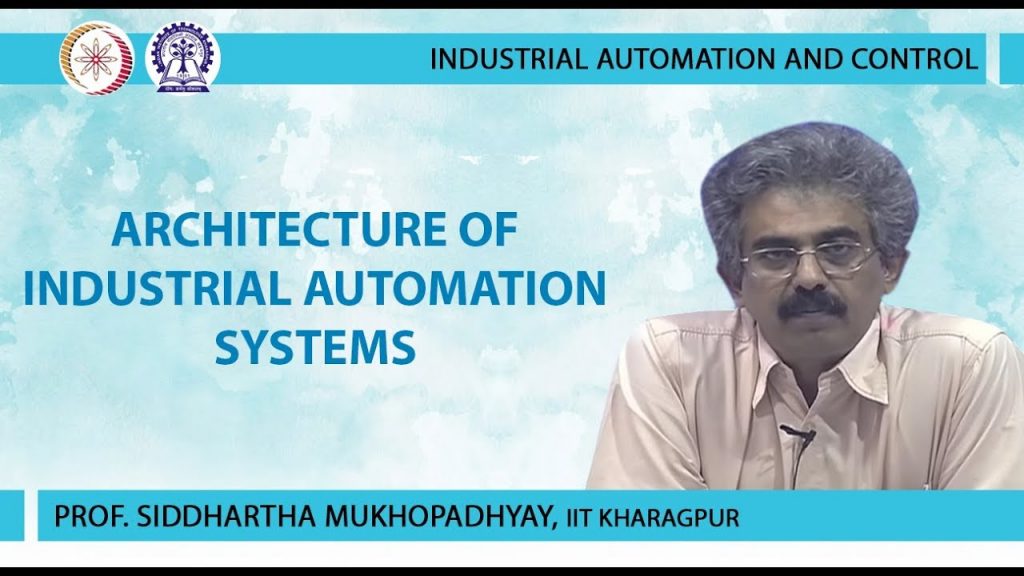Industrial Automation: Revolutionizing the Manufacturing Landscape
Introduction:
In today's fast-paced world, businesses are constantly seeking ways to improve efficiency and productivity. One industry that has seen significant advancements in this regard is Industrial Automation. With the integration of cutting-edge technologies, Industrial Automation has revolutionized the manufacturing landscape, enabling businesses to achieve higher levels of precision, speed, and cost-effectiveness. In this article, we will delve into the architecture of Industrial Automation Systems and explore the various benefits and applications of this transformative technology.
Architecture of Industrial Automation Systems:
Industrial Automation Systems consist of several key components that work together seamlessly to streamline manufacturing processes. These components include:
1. Sensors: Sensors play a crucial role in Industrial Automation, as they gather data from the production environment. These sensors can detect variables such as temperature, pressure, humidity, motion, and more. The data collected by sensors is then transmitted to the control system for analysis and decision-making.
2. Control System: The control system acts as the brain of the Industrial Automation setup. It receives data from sensors and processes it to make informed decisions. The control system can be programmed to automate various tasks based on predefined parameters, ensuring accuracy and efficiency.
3. Actuators: Actuators are responsible for executing actions based on the decisions made by the control system. They receive signals from the control system and carry out tasks such as opening or closing valves, adjusting speed, or moving robotic arms. Actuators are essential for translating the control system's instructions into physical actions.
4. Human-Machine Interface (HMI): The HMI serves as the interface between humans and the Industrial Automation System. It provides real-time information about the production process, allowing operators to monitor and control the system efficiently. The HMI also enables operators to input commands or modify parameters as required.
Benefits of Industrial Automation:
Industrial Automation offers numerous benefits that have transformed the manufacturing industry. Some key advantages include:
1. Increased Efficiency: By automating repetitive and mundane tasks, Industrial Automation eliminates human errors and increases overall efficiency. This leads to higher production rates, reduced downtime, and improved product quality.
2. Enhanced Safety: Industrial Automation reduces the risk of accidents by minimizing human intervention in hazardous environments. Robots and automated systems can handle dangerous tasks, protecting workers from potential harm.
3. Cost Savings: Automation reduces labor costs by minimizing the need for manual labor. Additionally, automation systems can optimize energy consumption, resulting in lower utility bills. Industrial Automation also reduces material waste and improves supply chain management, leading to significant cost savings.
4. Improved Productivity: With Industrial Automation, businesses can achieve higher production rates and shorter cycle times. Automation systems can operate 24/7 without breaks, increasing overall productivity and output.
Applications of Industrial Automation:
Industrial Automation finds applications across various industries, including:
1. Manufacturing: Industrial Automation has revolutionized the manufacturing sector, enabling businesses to streamline production processes, reduce lead times, and improve product quality.
2. Automotive: Automation has played a vital role in the automotive industry, with robots performing tasks such as welding, painting, assembly, and quality control. This has led to increased efficiency and precision in automobile manufacturing.
3. Pharmaceuticals: The pharmaceutical industry relies on Industrial Automation to ensure accurate dosing, mixing, and packaging of medications. Automation systems enable pharmaceutical companies to adhere to strict quality control standards and meet regulatory requirements.
4. Food and Beverage: Industrial Automation is widely used in the food and beverage industry for tasks such as sorting, packaging, labeling, and quality inspection. Automation systems improve hygiene, reduce human errors, and increase production rates.
Conclusion:
Industrial Automation has revolutionized the manufacturing landscape, offering businesses increased efficiency, enhanced safety, cost savings, and improved productivity. The architecture of Industrial Automation Systems, comprising sensors, control systems, actuators, and HMIs, enables seamless integration and operation. With applications across various industries, Industrial Automation continues to transform the way businesses operate, paving the way for a more advanced and streamlined future.
Check the coil packing solution with leading manufacturers for professional solutions just here. Industrial Robot
"Streamlining Efficiency: Unveiling the Architecture of Industrial Automation Systems and Industrial Automation"
